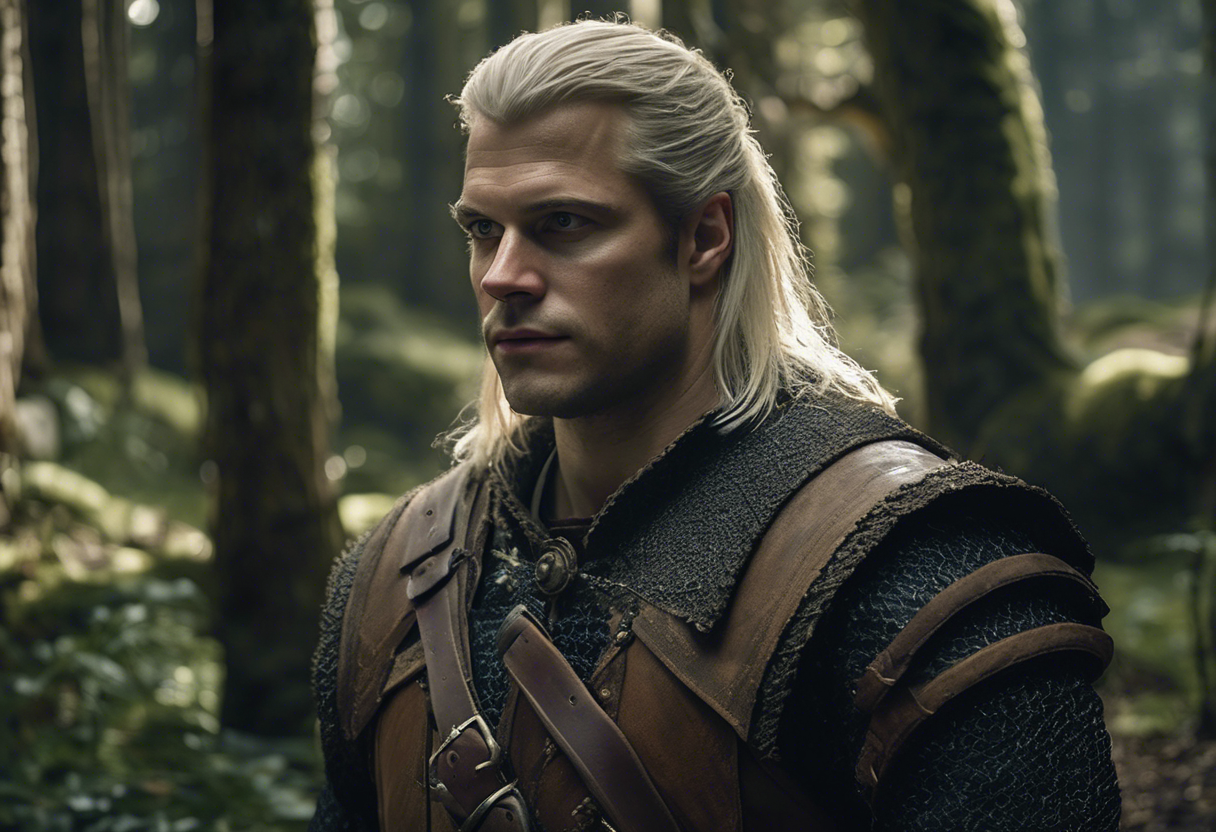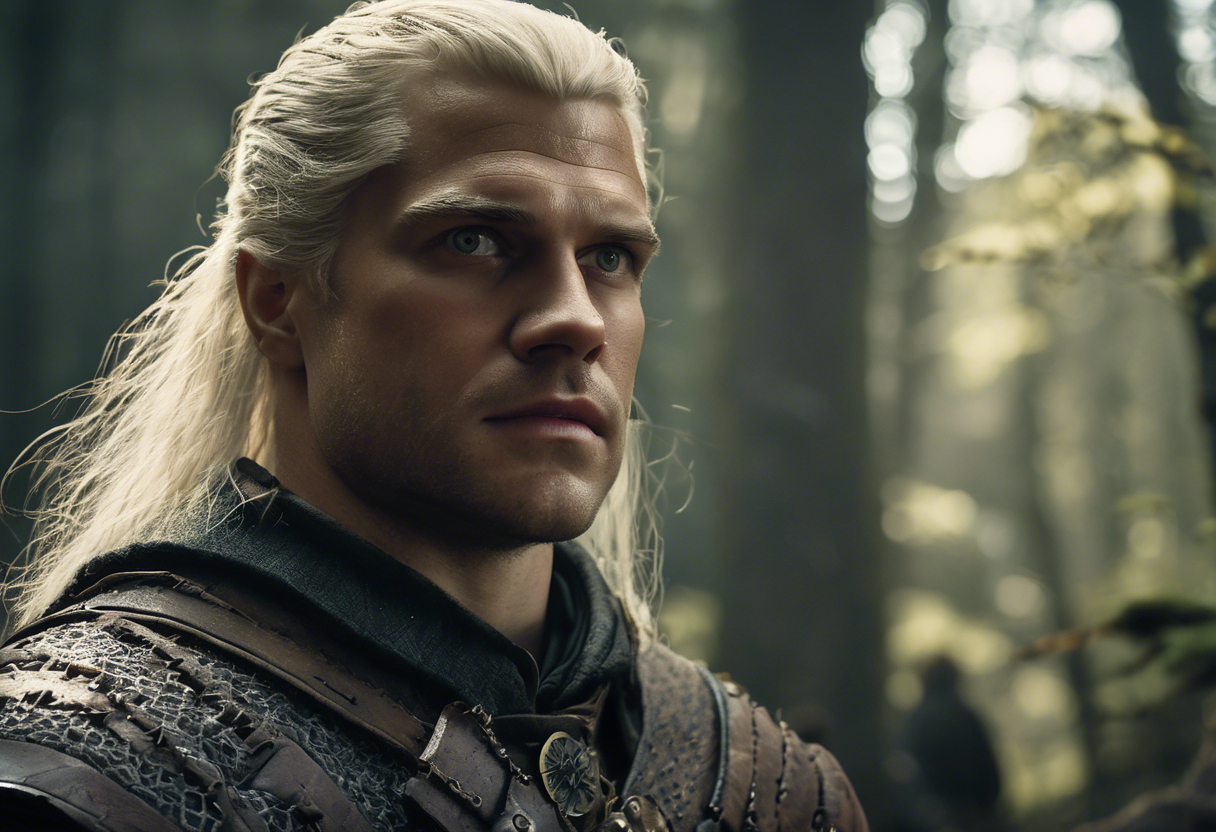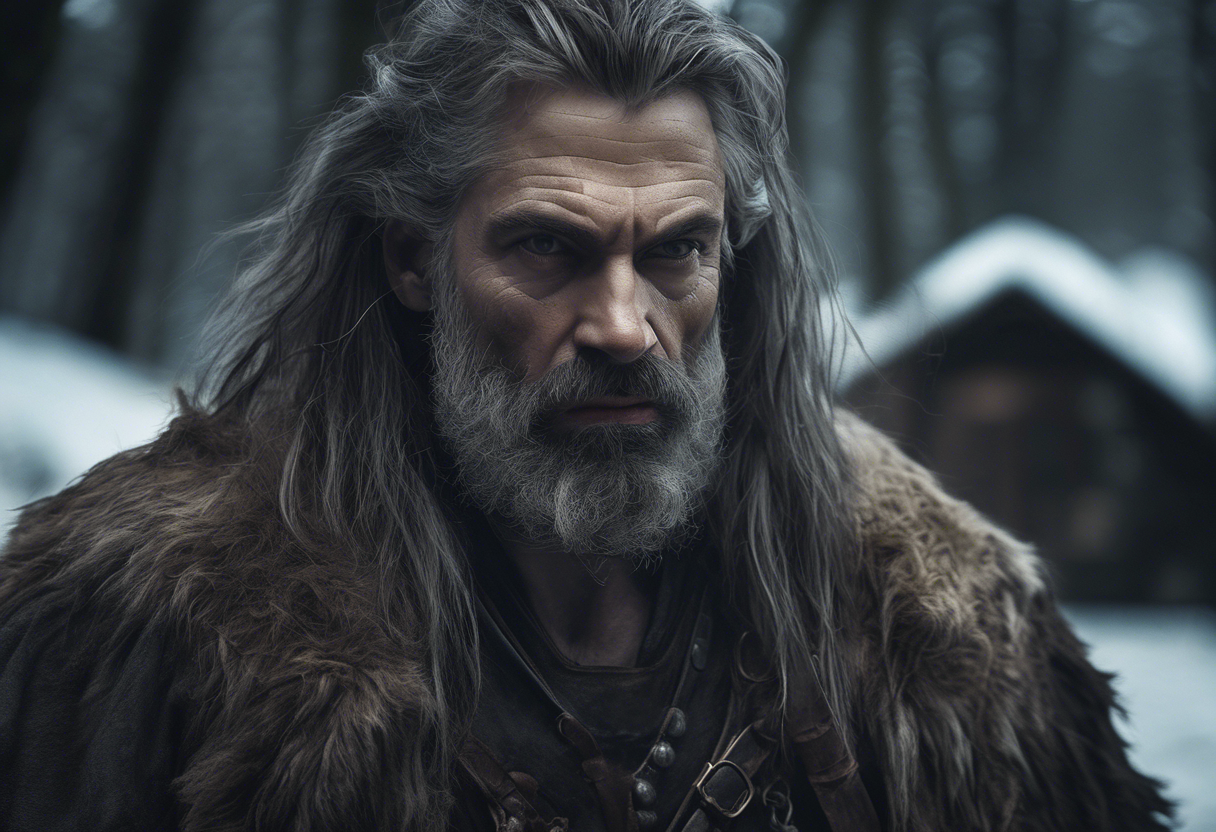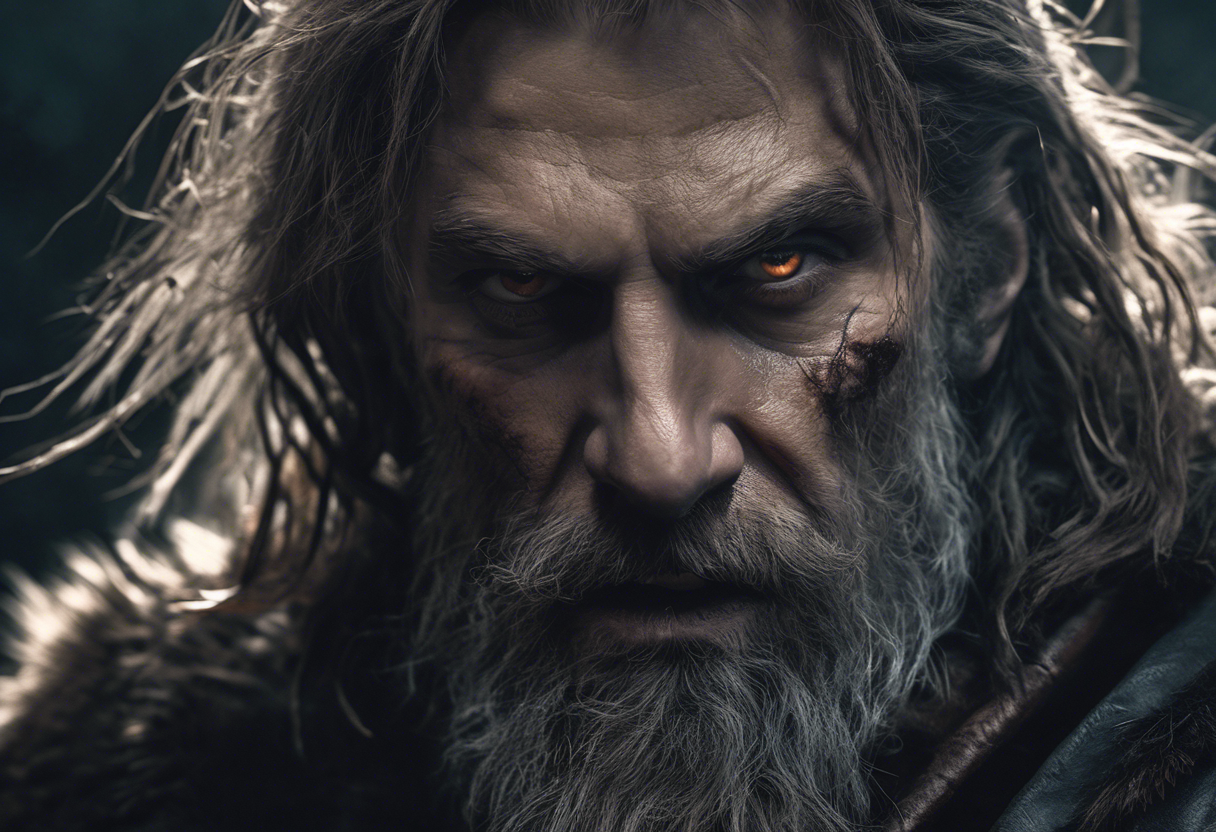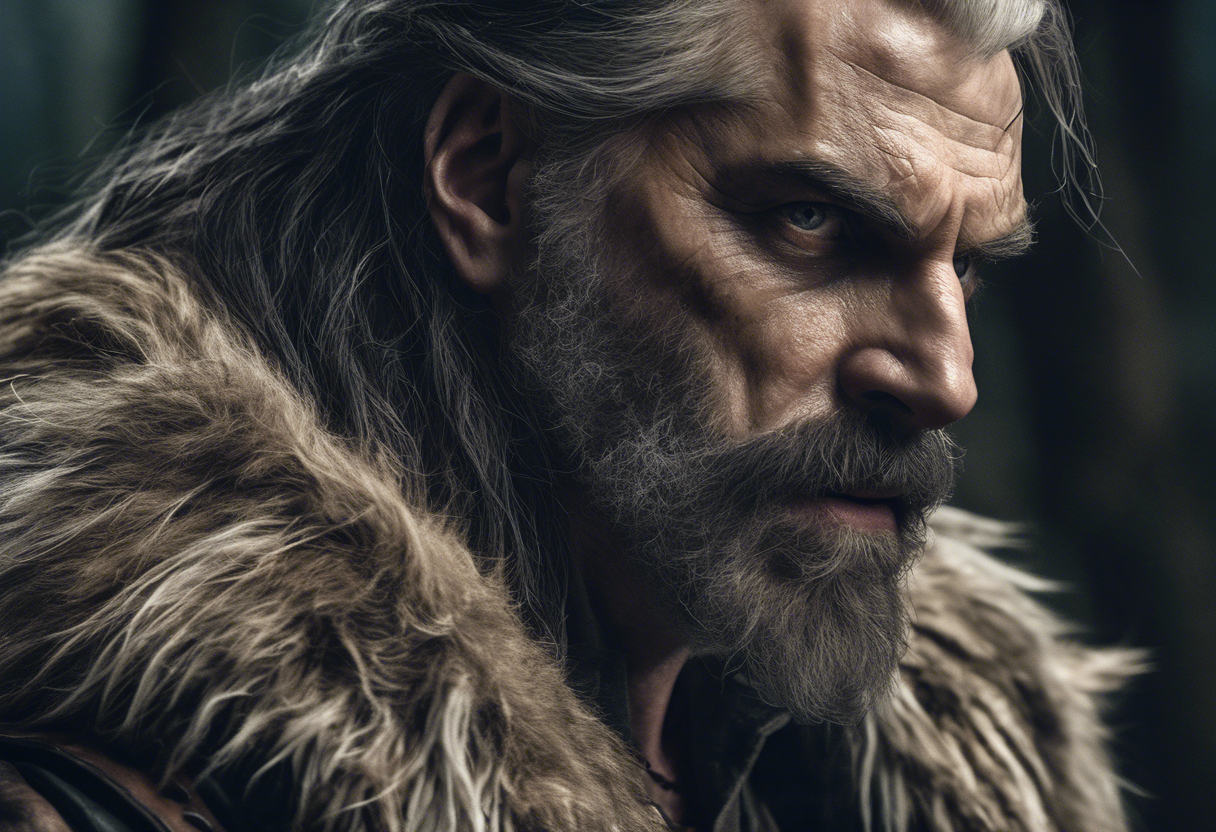Contents
Otto Dusan: The Werewolf Ally in Netflix’s The Witcher
Introduction
Otto Dusan is a significant character in the Netflix series The Witcher, based on the popular book series by Andrzej Sapkowski. He is a werewolf and an ally of Anika, a druidess, and plays a crucial role in the narrative, particularly in the interactions involving Geralt of Rivia and Ciri. This character embodies the complex and often misunderstood nature of supernatural beings in the world of The Witcher, adding depth to the show’s exploration of identity, loyalty, and the blurred lines between human and monster.
Otto Dusan’s origins are tied to his transformation into a werewolf, a condition that sets him apart from human society but also grants him unique abilities and strengths. His backstory, though not extensively detailed in the series, is inferred through his relationships and actions, highlighting his loyalty and protective nature. As a character, Otto Dusan connects to broader literary traditions of shape-shifters and werewolves, often symbolizing the struggle between primal instincts and civilized behavior.
Role in the Series
Otto Dusan’s storyline is intertwined with that of Anika, the druidess who lives in harmony with nature and its creatures. He is introduced in the third season of the series, where Geralt of Rivia and Jaskier bring a girl named Teryn, who has been magically brainwashed to believe she is Ciri, to Anika for examination and help [4][5].
During this episode, Otto Dusan is portrayed as a supportive and protective figure, using his werewolf abilities to ensure the safety of those he cares about. His relationship with Anika is one of mutual respect and trust, highlighting the bonds that can form between different supernatural beings in the world of The Witcher. When Teryn, under the influence of mind control magic, becomes violent, Otto Dusan’s actions are crucial in containing the situation and protecting Anika from harm.
Otto Dusan’s interactions with Geralt and Jaskier also reveal his character’s adaptability and willingness to help those in need. Despite being a werewolf, he is depicted as a rational and compassionate individual, which contrasts with the common fear and mistrust that werewolves face in the series.
Character Analysis
Otto Dusan’s personality is marked by his loyalty, protectiveness, and a deep sense of responsibility. He is driven by a strong moral compass, evident in his actions to safeguard Anika and those she helps. His motivations are rooted in a desire to maintain harmony and protect the people and environment he cares about.
As a werewolf, Otto Dusan embodies both the strengths and the challenges associated with his condition. His physical abilities make him a formidable ally, but his existence as a supernatural being also makes him an outsider in human society. This duality adds complexity to his character, making him more relatable and human despite his monstrous form.
The character’s development is subtle yet significant, as he navigates the complexities of his world with a quiet strength and determination. His presence serves as a reminder that even the most marginalized or feared creatures can possess noble qualities and play vital roles in the narrative.
Themes and Symbolism
Otto Dusan’s character is rich in thematic and symbolic elements that contribute to the overarching message of The Witcher. He represents the theme of acceptance and understanding, challenging the common prejudices against supernatural beings. His relationship with Anika and his role in helping Geralt and Jaskier underscore the importance of alliances and mutual respect in a world fraught with danger and mistrust.
The character also symbolizes the struggle between nature and the constraints of society. As a werewolf, Otto Dusan is a part of nature, yet he lives in a world where such beings are often feared and hunted. This dichotomy reflects the broader themes of the series, which frequently explore the tensions between natural instincts and the imposed norms of human society.
Cultural Impact
Otto Dusan, though not a central character, has a notable cultural impact due to his unique portrayal as a sympathetic and heroic werewolf. In a genre where werewolves are often depicted as monstrous or evil, Otto Dusan’s character offers a refreshing perspective, highlighting the potential for goodness and loyalty in beings traditionally feared.
His portrayal has been well-received by fans, who appreciate the nuanced and positive representation of a werewolf character. This positive reception reflects a broader cultural shift towards more inclusive and diverse storytelling, where characters from marginalized groups are given more complex and respectful portrayals.
Critical Reception
Critics and audiences have generally praised Otto Dusan’s character for adding depth and diversity to the series. His introduction in the third season was seen as a welcome addition, bringing a new dynamic to the story and expanding the universe of The Witcher.
There has been some discussion about the limited screen time and backstory of Otto Dusan, with some viewers wishing for more detailed exploration of his character. However, his impact on the narrative and his relationships with other characters have been widely appreciated, making him a memorable and significant figure in the series.
Legacy
Otto Dusan’s legacy in The Witcher series is one of a compelling and nuanced character who challenges traditional stereotypes of werewolves. His portrayal has contributed to a richer and more diverse world, where characters from different backgrounds and supernatural conditions can find acceptance and play vital roles.
His character serves as an inspiration for future storytelling, encouraging more inclusive and respectful representations of marginalized groups. As a symbol of loyalty, protection, and acceptance, Otto Dusan’s enduring appeal lies in his ability to resonate with audiences and add depth to the narrative of The Witcher.
References
- https://en.wikipedia.org/wiki/The_Witcher_(TV_series)
- https://en.geneastar.org/genealogy/witcherthe/the-witcher
- https://www.imdb.com/title/tt5180504/fullcredits/writer
- https://television.mxdwn.com/reviews/review-the-witcher-season-3-episode-3-reunion/
- https://fr.wikipedia.org/wiki/The_Witcher_(s%C3%A9rie_t%C3%A9l%C3%A9vis%C3%A9e)


